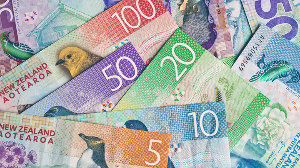
However, New Zealand is not alone in experiencing high inflation, Stats NZ said.
The American rate is 7%, non-seasonally adjusted.
According to Stats NZ, price increases were widespread with 10 out of 11 main groups in the CPI basket increasing over the year.
The main driver for annual inflation was the housing and household utilities group. The cost of constructing new dwellings increased 16%, due to supply-chain issues, higher labour costs, and higher demand.
Prices for rentals for housing were 3.8 percent higher, with rises in Wellington well above the average, at 5.5%.
Petrol prices rose 30 percent, and the cost of cars also rose, with second hand vehicles increasing 12%.
Domestic, or non-tradable inflation, was 5.3% for the year to the December 2021 quarter.
Higher prices for housing were aggravated by higher local authority rates, but this was partly offset by telecommunications services.
Quarterly, the consumers price index rose 1.4% in the three months til December.
This was down on the 2.2% rise in the September quarter.
For home buyers, the news is unlikely to be good, since the Reserve Bank's widely anticipated series of rises in the Official Cash Rate (OCR) this year will receive further justification.
That could leave many brokers eventually negotiating significantly higher interest rates on loans for their customers.
In an early response to the news, Westpac said the rate confirmed its expectation of a series of rate hikes from the RBNZ over the coming months.
In addition, inflation was set to remain above the RBNZ’s target band throughout this year and possibly into 2023.
And although much of that pressure came from overseas costs, the domestic inflation picture also heated up.
That meant price pressures could remain elevated even after overseas supply disruptions ease.

